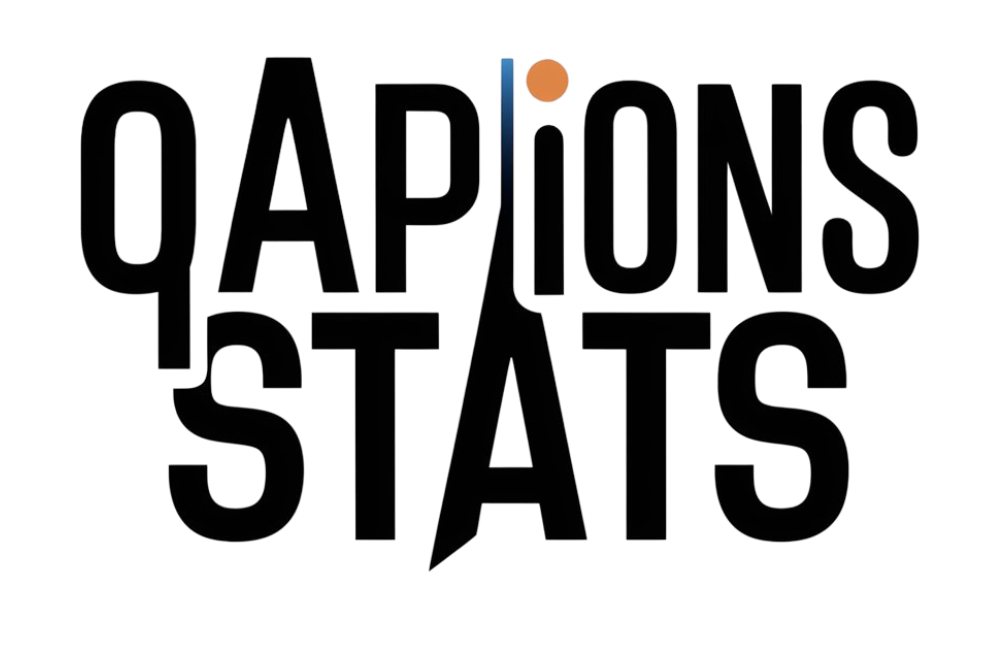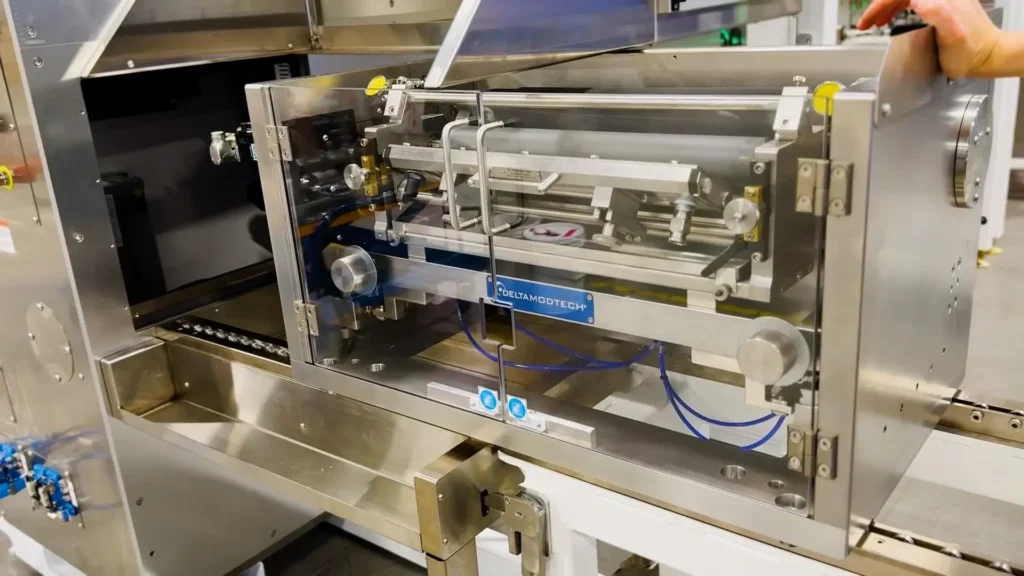Production efficiency is not only a competitive advantage but also a necessity in today’s rapidly changing pharmaceutical manufacturing landscape. This is never more apparent than in pharmaceutical packaging operations, where one intimidating component—the Changeover matrix—often disrupts the production environments, the stakes are high, and the regulations are strict.
Throughput can be significantly hindered by Changeover matrices, also called “Setup Matrices”, which govern the transition sequences between various products or packaging formats. Every switch has a cost, including idle labor, equipment cleaning, and validation, as well as time. Therefore, it takes both visibility and control to maximize throughput without sacrificing compliance or quality. This is where sophisticated software for pharmaceutical manufacturing comes into play and changes everything.
The Complication of Changeover Matrices
A Changeover matrix in pharmaceutical packaging involves the use of predetermined rules and limitations that determine the time and effort required to change from one SKU to another SKU.
With traditional usage of project management systems these tools also fail to provide an efficient process that can accommodate Changeover complexity, resource limitations, and interconnection ripple effects due to delays. That is why an increasing number of manufacturers are opting to use modern pharmaceutical project management software that helps in optimizing operations on the floor.
The Problem With Traditional Tools
Simple scheduling programs do not possess the dynamic flexibility to perform optimally with Changeover constraints. They also tend to ignore differences between transitions and miss prime opportunities to optimize low-effort changeovers or runoffs that should be prioritized due to packaging sequence. The result? Bottlenecks and unused equipment, as well as reactive fire-fighting mode.
More importantly, such old-fashioned processes do not provide manufacturers with the tools to simulate other situations or quantify the effects a particular scheduling decision would have on the line as a whole. It means you are preparing blindly, and any surprise is then a ripple that affects many products.
Where is Smart Scheduling in a Complex Packaging Environment?
In comes pharmaceutical production software, driven by AI that is highly integrated with intelligent planning and large volume production. First, this scheduling engine was designed to assist Pfizer, Boeing, LANL, NASA and many others in optimizing complex project schedules, and now it has become a tool that can be utilized in industry-specific problems, and pharmaceutical packaging leads the list.
This software is aware of the practical limitations of pharma packaging, unlike generic tools.
It considers the Changeover matrix, calculates the cost of each product switch, and generates a schedule that maximizes throughput while minimizing unnecessary changeovers. And it accomplishes this across hundreds of variables, including regulatory hold points, machine downtime, shift patterns, and resource availability.
Key Factors That Influence Throughput
1. Scheduling Based on Limitations
A constraint-based engine at the heart of this system accounts for all pertinent information, including labor shifts, packaging formats, line availability, Changeover time, and regulatory hold points. This guarantees that your schedule is based on real shop floor conditions rather than conjecture.
2. Predictive Analytics and Optimization
Do you need to understand what effect the late product will have on the rest of your week in terms of packaging? The simulation of the downstream impact is done immediately, and optimizations are indicated. This implies that you will be able to respond in a proactive manner, rather than reactively.
3. Smart Changeover Control
With the aid of AI, the software identifies groups of products that can be sequenced to minimize cross-cost changeovers. Another thing it understands is that transitions are unavoidable, while reducing idle time without sacrificing quality.
4. Easy Interconnections with the Existing Systems
Your onboard integration is simplified via powerful APIs, making it easier to work with ERP systems, MES platforms, or even custom shop floor interfaces to fetch live data and push real-time updates.
5. Reporting and Visual Dashboards Actions
Make Instant Decisions by using interactive charts, what-if scenario modeling, and real-time dashboards that allow monitoring production KPIs and resource consumption.
Real-World Impact: Scale Efficiency
Consider a pharmaceutical packaging plant that handles 30 SKUs, five product types, and three lines with varying cleaning needs. The facility has reduced its setup time by more than 25 percent, eliminated unnecessary overnight runs, and fulfilled orders more quickly — all while remaining in compliance — by deploying innovative pharma project management software.
This scale of control was previously used to take weeks to do manually. Today it is done within minutes. This strategic planning and forecasting ability translates into fewer surprises and longer-term performance.
It enables teams to work together, as well. Having visibility to a single source of truth in planning, operations, quality assurance, and maintenance enables better alignment and reduces conflict.
Conclusion: Make the Complicated Simple
Changeover matrices are here to stay. If anything, the complexity of pharmaceutical packaging is increasing due to the introduction of new packaging types, dosage forms, and compliance requirements. However, complexity need not equate to anarchy.
No matter how complicated the Changeover matrix gets, manufacturers can optimize throughput with the clarity, control, and confidence that AI-powered pharmaceutical project management software provides.
Are You All Set to Witness It in Action?
Find out how your team can use intelligent pharmaceutical manufacturing software to cut waste, optimize processes, and precisely meet production goals.
Book a personalized demo today and take control of your packaging schedule.
Also Read-Vidwud AI: Transforming Online Body Swap and Talking Photo Technology



